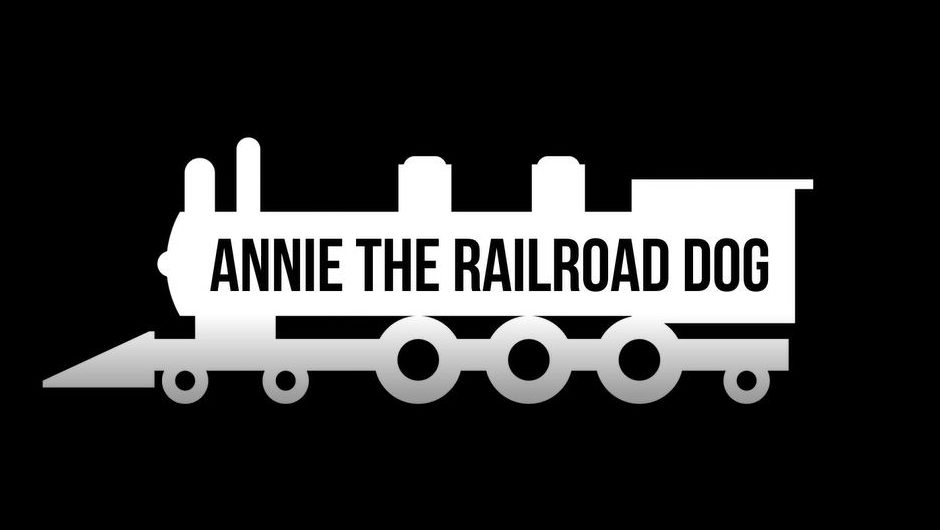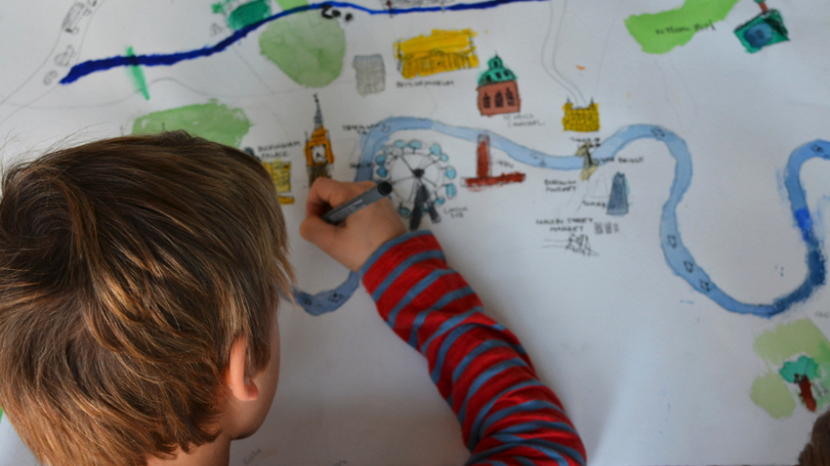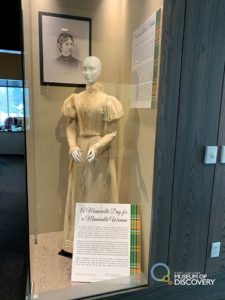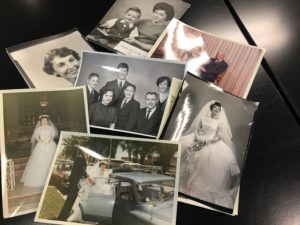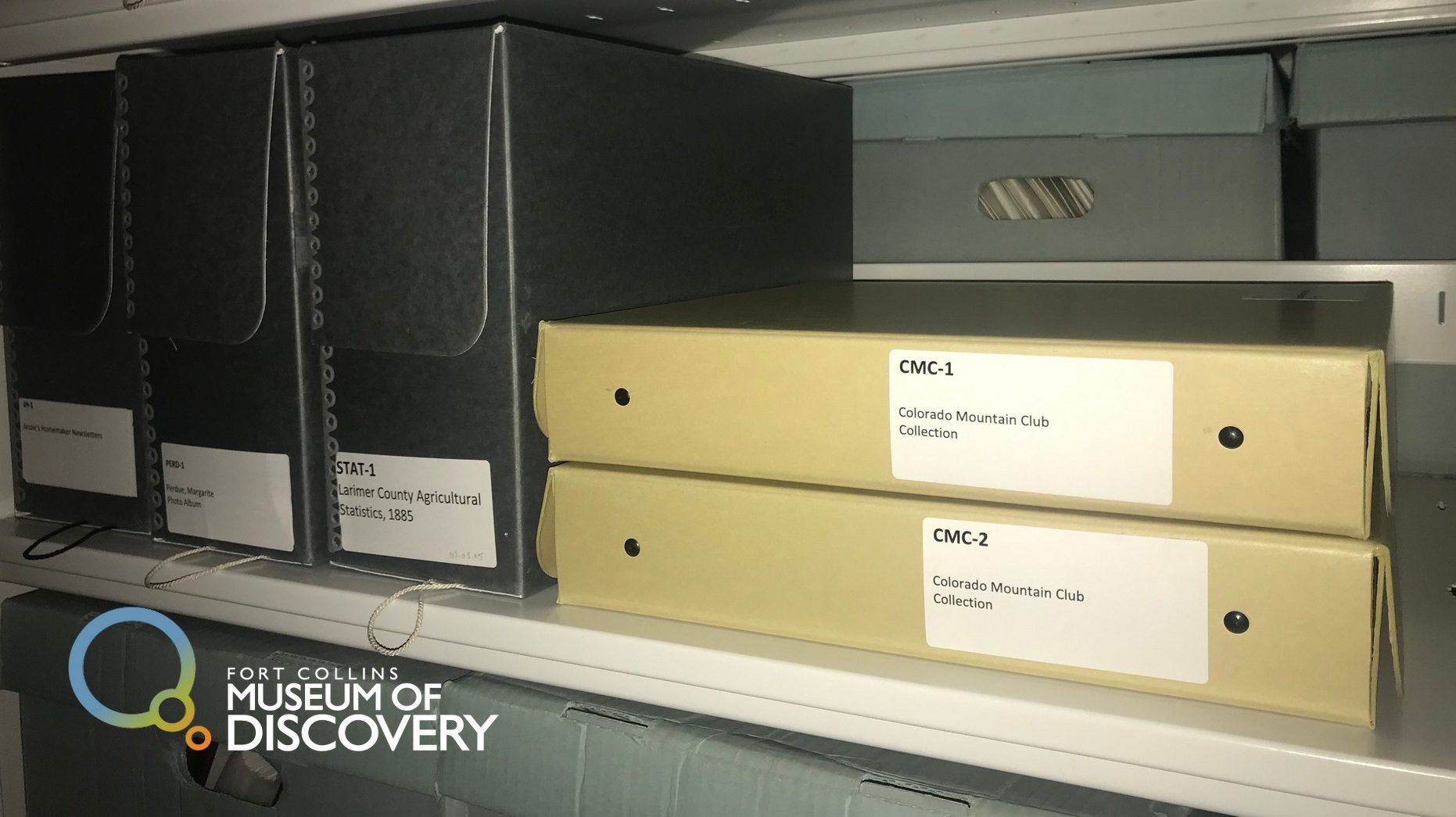Post written by Heidi Fuhrman, Discovery Camp Coordinator.
Daily Discovery: Annie The Railroad Dog
Here at FCMoD we love Annie the Railroad Dog! Learn more about who Annie was and complete a fun activity to celebrate the special animals in your life!
Supplies:
- Assorted craft materials/recyclables
- Crayons, colored pencils, or markers
- Imagination!
Who was Annie?
Annie the Railroad Dog was a very special animal who lived in Fort Collins a long, long time ago! She has a very special story—check it out through our video on Annie The Railroad Dog or explore the story through our online Archive collection.
After learning more about Annie’s story do the activity below to celebrate her or some other special animal friends in your own life!
Celebrating Our Special Animals
Annie was one special dog and we celebrate her friendliness with a statue of her that sits right outside of the Old Town Library! Maybe you’ve seen her there or given her paw a little shake (I have!). What special animals do you have in your life? Maybe you have your own dog, cat, fish, or other pet! Maybe you have a type of animal that you really love! Today we’re going to create some of our own statues or drawings of our favorite animals!
Instructions:
- Gather up all your materials! You can use craft supplies like construction paper, string, fabric, paint, popsicle sticks, pipe cleaners, etc… or you can use recyclables! Maybe an old cereal box can be the body and a paper towel tube could be a tail… use your imagination!
- Create! Use your supplies to make a statue of the special animal you’re thinking of! Will it look the same or a little wonky? If you don’t want to make a statue you can draw a picture of the animal instead!
- Share! Show someone in your house or a friend or family member (maybe over video chat) your creation. Explain why that animal is special to you and maybe tell them the story of Annie! You can also share your creations with us @focomod!
Level Up:
Annie lived here at the C&S Railroad Passenger Depot! Where does your special animal live? When you’re done creating your animal can you create a home for them to live in? You could use recyclables, add
it to your drawing, or construct it out of legos or blocks!
Discover More:
Annie isn’t the only special Fort Collins Animal! At the Fort Collins Museum of Discovery we take care of a bunch of animals—such as the very special Black Footed Ferrets or our Fancy Rats! Learn more about our animals through some of our Discovery At Home Activities and Videos (find them on our website at fcmod.org/blog) or by visiting us someday at the museum!
The museum isn’t the only place to see and learn about animals, there are animals all across Fort Collins! Keep your eye out next time you’re hiking, at a park, or playing in your backyard. . .you never know what creature!
If you liked our story of Annie The Railroad Dog, you might also like the book A Lucky Dog: Owney, U.S. Rail Mail Mascot by Dirk Wales or Owney, The Mail-Pouch Pooch by Mona Kerby, they both tell the story of another railroad dog, Owney, who had another very important job!
Want to download these directions? Click here for a handy PDF!
Follow along with our Daily Discovery! Click here for all activities that you can do at home.

